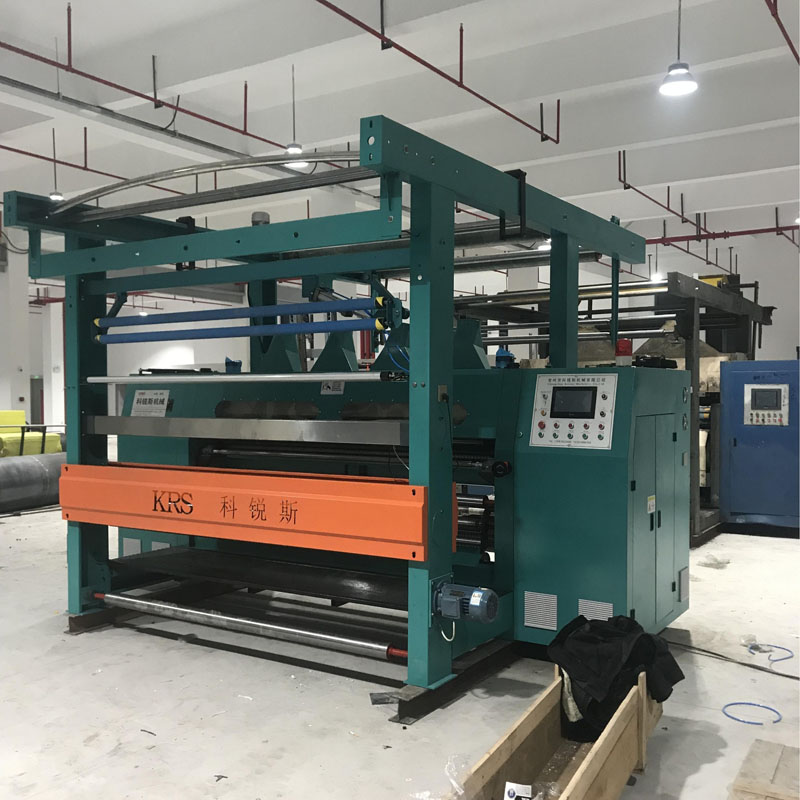The Impact of Blade Design on Cutting Precision and Quality in Automatic Shearing Machines
2024-04-22
In the world of industrial manufacturing, automatic shearing machines play a crucial role in ensuring efficient and precise cutting operations. The precision and quality of cuts produced by these machines are often determined by the intricate design of their blades. Let's delve into how blade design influences the cutting precision and quality of an automatic shearing machine.
Firstly, the material choice for the blade is paramount. Blades made from high-carbon steel or tungsten carbide, for instance, are renowned for their durability and ability to maintain sharpness over extended periods of use. These materials resist wear and tear, ensuring consistent cutting quality even after numerous cycles.
Secondly, the geometry of the blade edge significantly impacts cutting precision. A sharp and well-defined blade edge can cleanly sever materials with minimal deformation or tearing. The angle of the blade edge, known as the rake angle, is carefully engineered to optimize cutting force and minimize material damage.
Furthermore, the blade's shape and profile are tailored to the specific cutting requirements of the material being processed. For instance, thicker blades may be used for cutting thicker materials, while thinner blades may be employed for delicate or thin materials. The blade's clearance angle, which is the angle between the blade and the workpiece, is also adjusted to prevent material jamming and ensure smooth cutting.
In addition to these physical attributes, the blade's coating or treatment can also enhance cutting precision and quality. Coatings like titanium nitride (TiN) or chromium nitride (CrN) can increase the blade's hardness and wear resistance, thereby extending its lifespan and maintaining cutting accuracy.
Moreover, the design of the blade's clamping and adjustment mechanisms is crucial. A secure clamping system ensures that the blade remains firmly in place during cutting operations, preventing vibrations or movements that could compromise precision. Adjustability allows operators to fine-tune the blade's position and angle to optimize cutting performance for different materials and thicknesses.
In conclusion, the blade design of an automatic shearing machine plays a pivotal role in determining the cutting precision and quality. Material choice, edge geometry, blade shape, coating, and clamping/adjustment mechanisms all contribute to the overall cutting performance of the machine. Understanding and optimizing these design elements is essential for achieving precise and high-quality cuts in industrial manufacturing processes.



